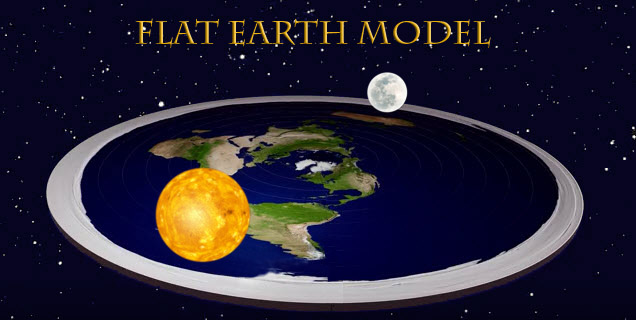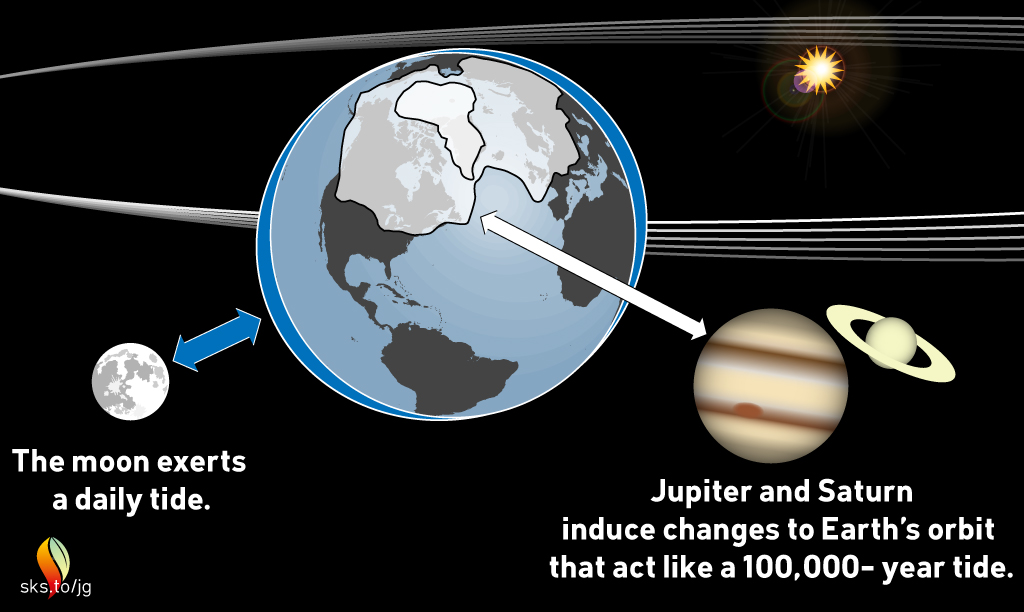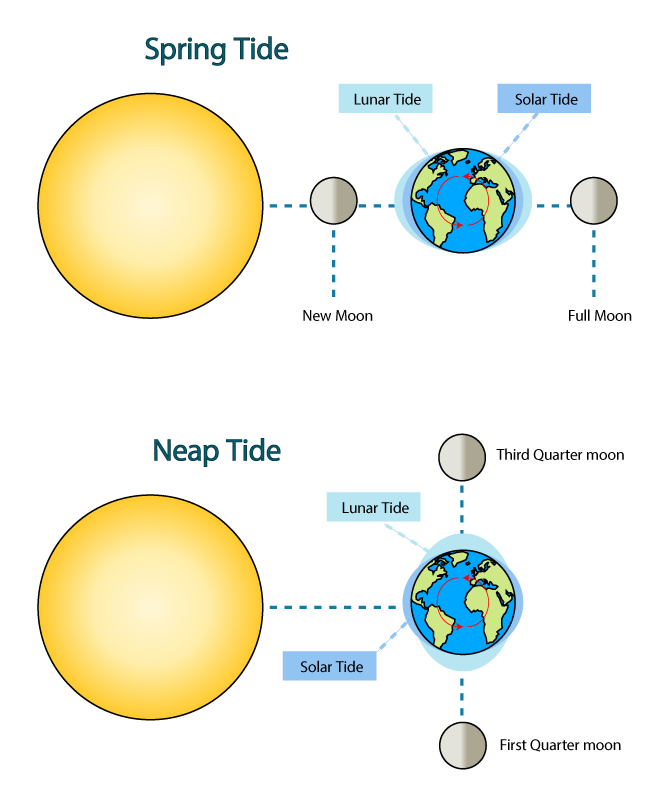



This cascading energy effect will be recognised by those with a background in physics. The longer that the wind blows in the source area, the longer will the swell persist, even long after the wind has ceased or changed direction.Īs these waves move away from the source area, energy is transferred from the short wavelength, high frequency waves to longer and longer, lower frequency waves. The stronger the winds at the source area, the bigger will be the swell and the further will it travel. These waves that move away from their source are known as swell. This energy travels downwind away from the source area, rather like ripples in a pond when a stone is dropped in, or from the bow wave from a ship. Wind waves are a local manifestation of the energy that has been transferred to the sea from the wind. It can be a hazard at some harbour entrances and, in those cases, swell forecasts for the coasts affected are valuable. Swell originates beyond the areas of local forecasts and varies depending on its source, so it is hard for a sailor to predict. It is my belief that sea state near the coast cannot usefully be predicted on the space/time scales of an inshore waters or offshore forecast. As in all of sailing, predictions will improve with experience gained and lessons learned. A sailor should be able to predict, qualitatively, how rough the sea is likely to be using a local wind forecast, tidal atlas and charted warnings of overfills and eddies. Sea state depends on wind, current, coastal topography, the depth and nature of the sea bed. Here, I try to explain how waves and swell are formed and why sea state can be so variable in space and time. I have been asked why the UK does not include swell height in its marine forecasts. There are requests from time to time for more detailed forecasts of sea conditions.


 0 kommentar(er)
0 kommentar(er)
